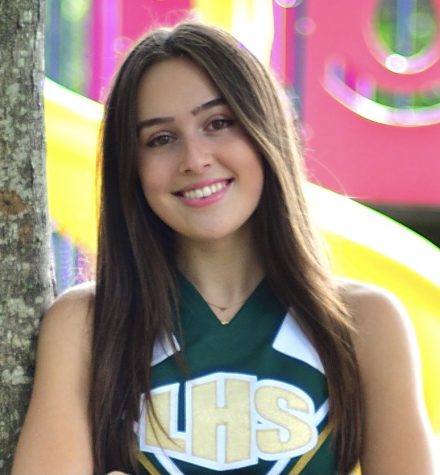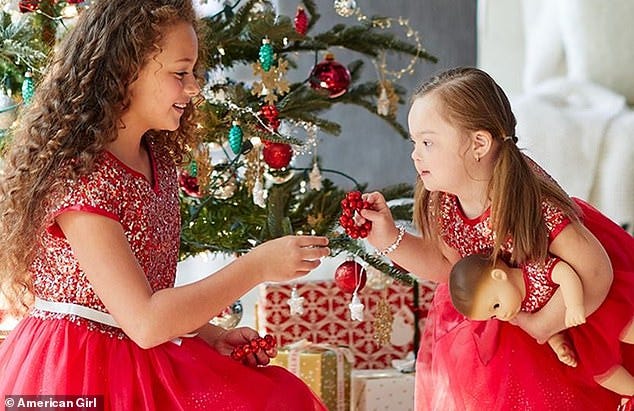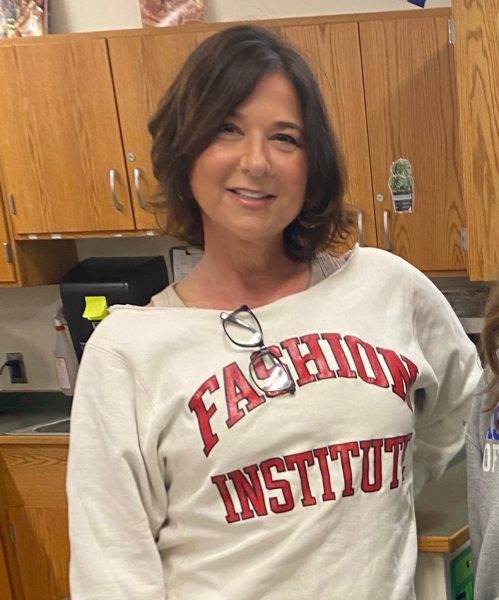Paving the Way Towards Media Representation for All
Ivy Kimble, right, is featured in the October catalog for American Girl
Over the past decade, the media has gradually increased representation for people with disabilities, creating a more accepting and loving society. Most recently, American Girl released its October holiday catalog featuring Ivy Kimble, a child model with Down’s Syndrome. The kindergartener became the first person with Down’s to model for American Girl and is now an inspiration to people across the nation.
Other companies have similarly integrated more diversity into their media campaigns and advertisements. This year, Mattel, the company that makes Barbie products, expanded its horizons by creating dolls with wheelchairs and prosthetic limbs. The new dolls are part of Mattel’s “Barbie Fashionista” line, which aims to offer kids more diverse representations of beauty. The company consulted with disabled teenagers to create the most realistic representation of prosthetics. According to an article from CNN entitled “Barbie Introduces Dolls with Weelchairs and Posthetic Lmbs,” a spokesperson for Mattel commented, “As a brand, we can elevate the conversation around physical disabilities by including them into our fashion doll line to further showcase a multi-dimensional view of beauty and fashion.”
Rosanne Bogard, school social worker, commented, “I have seen a positive change in the way that students treat other students with disabilities in the school. I think this is attributed to increased representation in the media because there is more awareness. Kindness is contagious.”
The technology industry has also followed suit in this wave of inclusion. Google recently revealed its collaboration with the Canadian Down’s Syndrome (DS) Society. Together, they will improve speech technology that often misses every third word that people with DS say. They have begun to collect voice samples from adults with DS, enabling Siri and Alexa to better decipher the unique speech patterns of this population.
Sophomore Lexi Capitali has been a volunteer at Camp Anchor, a nonprofit summer camp for people of all ages with special needs, for two years. She commented, “From what I have seen, I think that the media is portraying people with disabilities very accurately, and I truly applaud it. The media has brought a lot of awareness to certain situations that involve people with disabilities, especially when they are being mistreated. I have also seen many news reports that positively show people with disabilities achieving amazing things, which could be considered breaking down barriers.”
Despite the most recent improvements in product diversity, media representation for all people has massive room for improvement. According to the Centers for Disease Control, one in four people in America, and more than one billion people in the world, has a disability. However, they are represented in less than one percent of advertisements and portrayed by only two percent of characters on primetime television shows.
Special Education Teacher Jennifer Ross stated, “The media has made an effort more recently to include people with disabilities (for example, The Good Doctor, Speechless). However, the portrayal often appears to be about the disability rather than about an actual person who happens to have a disability.”
The term “media representation” goes beyond just showing a person with a disability on a television show. According to the University of Washington, “It includes the accuracy of portrayals, the diversity of perspectives, and whether those portrayals perpetuate negative stereotypes. It’s not just about quantity—it’s about quality.” So, while television has shown a slight increase in character diversity, how flattering are the portrayals of disability? Are they sustaining negative stereotypes and social stigmas?
The media, marketing, and advertising industries have an opportunity to help break down these social stigmas around disability by making it more visible. It is important that we, as a society, continue to push for equal representation and diversity within our media.

I am the editor-in-chief of the Horizon newspaper and a member of the Class of 2022. I am also the captain of the LHS Speech, Debate, and Model Congress...






















